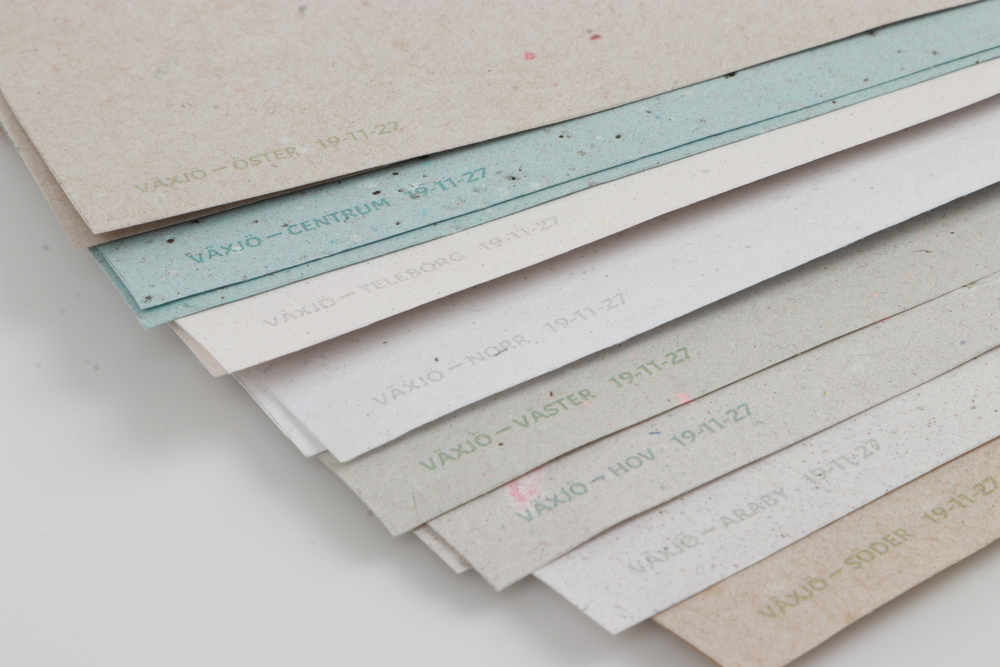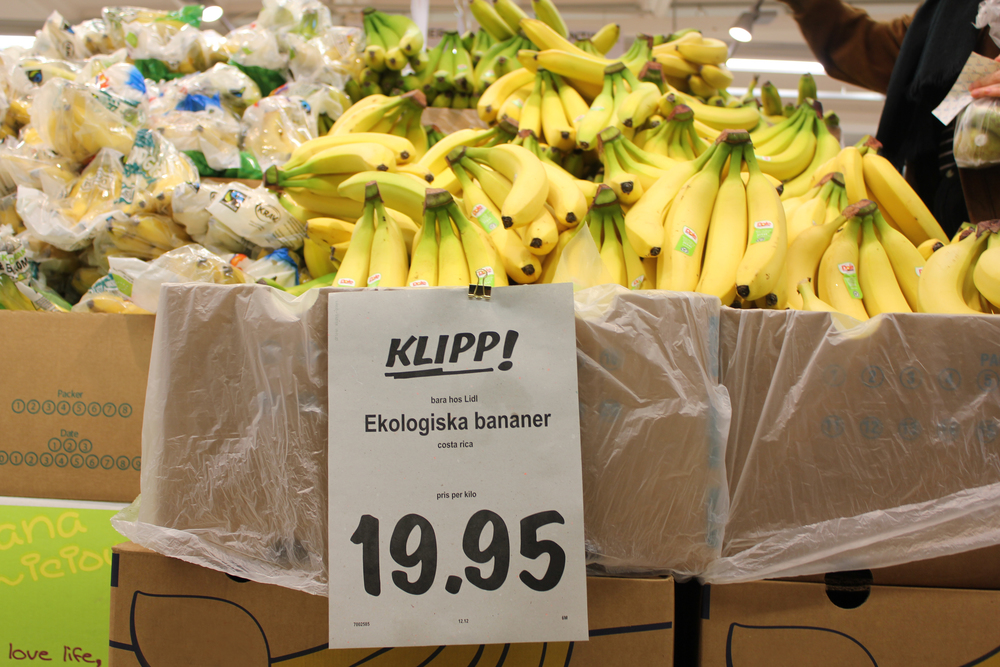Honorable Mention
Pulp
Redesigning paper with material history for new narratives
Solution
Pulp challenges the notions of whiteness and anonymity within the paper industry questioning what aesthetics mean for circular economy. Our project explores material history and identity for the future of paper making, and proposes a redesign of the A4 paper that materializes circularity.
Studying the copy paper, we are asking ourselves: why is the classic A4 white? Why don’t we know its origins? And what does its aesthetic mean for our practices around it?
Project Description
In our project we are investigating the ordinary, to discover how redesigning everyday objects can affect our everyday behaviors. We believe that these are the practices that carry potential for sustainability.
Pulp establishes a hyper local recycling practice, resulting in a paper product that highlights material history and locality. In collaboration with local stakeholders, the service achieves keeping all resources within a closed loop.
The intention of Pulp is to circulate paper as a hyper local resource. The project was carried out in the Swedish town Växjö, focusing on eight neighborhoods, but the design could easily be applied in any other community. The papers will always differ depending on place, time and resources given.
Paper waste was donated from 23 local actors, ranging from supermarkets to hotels, schools, pizzerias, cinemas and households. The visual and tactile differences in the eight finished papers reflect the characteristics of each neighborhood.
Overview of the Solution
Making something white again won’t make it new, it will only fool us to believe in the destructive narrative that we are yet not approaching the collapse. The bleaching of recycled paper creates a narrative that tells us that white means new and endless. These ever white, anonymous surfaces form, what we call, an aesthetic of linearity. This is what we set as our goal to challenge.
The way we interact with objects is dependent on how they are made to look and function. The aesthetics of linearity implies little worth and makes us mindlessly waste as if resources were endless. When history, circularity and finitude is built into a product we use with care. By innovating a new practice of paper recycling in non-industrial systems, we allow for the material to escape the aesthetics of linearity and anonymity, thereby proposing not only a new paper product but also a new material narrative.
PROJECT TEAM
Ellen Solding and Karen Cort Nielsen
INSTITUTION
Linnaeus University, Faculty of Arts and Humanities, Department of Design, Sweden
Category
Service
FACULTY/COURSE ADVISOR
Zeenath Hasan
STAKEHOLDERS
Palladium Cinema, Hotel PM & Vänner, Espresso House, Skogslyckan church, Brödernas green grocer, Ica Dalbo supermarket, Post Nord parcel shop, Lidl supermarket, ÖoB general store, Plantagen garden shop, Småland’s museum, Växjö hospital, Linnaeus University, Teknikum high school, Katedralskolan high school, Pizzeria Öster, Pizza Planeten, Private households.





